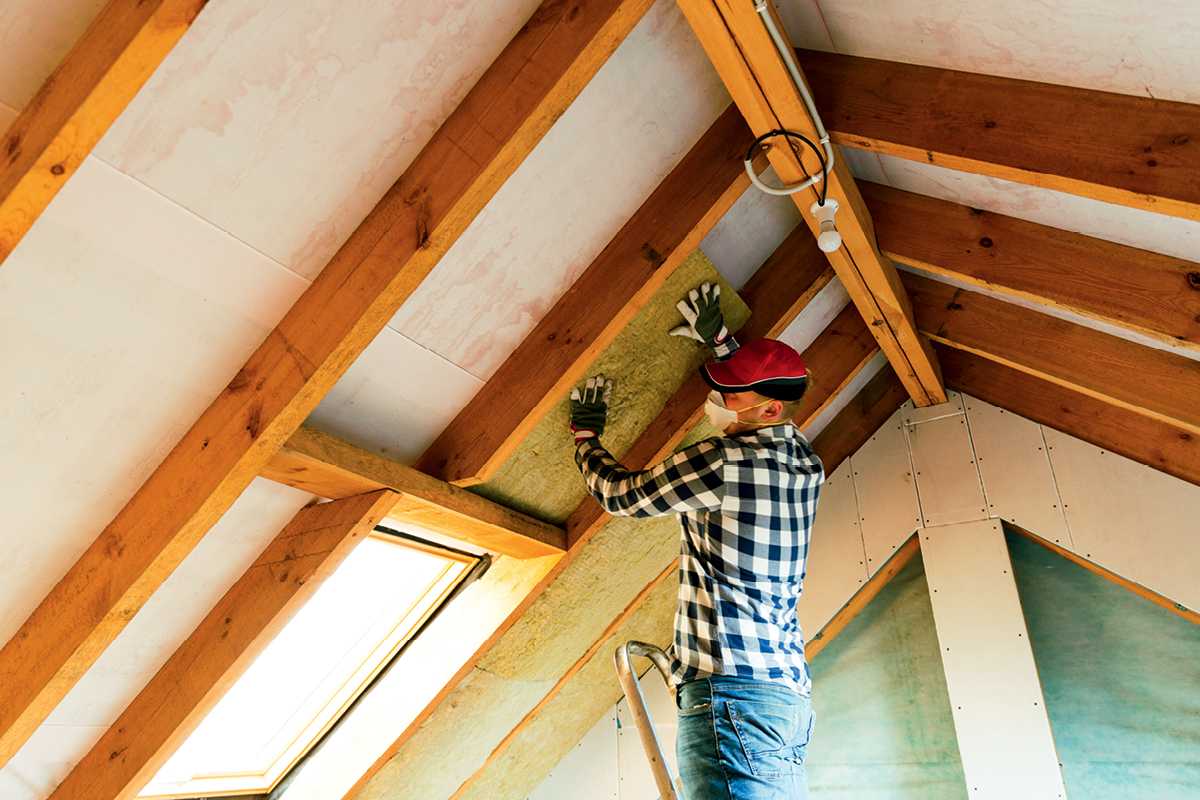
How to transform a property into a room-by-room rental
Property investment coach at Opes Accelerate Ilse Wolfe explains the advantages and pitfalls of a room-by-room rental.
31 March 2022
A room-by-room rental property is almost always going to reward investors with higher rental returns. There is no guessing why it’s a highly desirable option for BRRRR projects. But reconstructing an existing property to support a room-by-room tenancy is made for those with brave hearts and deep pockets. It’s complex, costly, and intensely situation specific.
Assessing how to configure a house to get the most rent possible, is number two on Ilse Wolfe’s Cashflow Hacking list – a six-step approach to turbocharge any BRRRR project.
“Configuring a property so that it earns multiple incomes is one of the quickest ways to increase the rent.” Wolfe says.
“Adding value is only half the job. The finished product needs to stand out in a cluttered rental market if you want to get a premium.”
Rental Assessment
Wolfe says there are three aspects to the rental assessment: The tenants, the social context, and the physical locality of the property.
“All three elements need to combine and will often influence each other,” she says. “For starters, the location will have a lot to say about the future tenant.”
‘Sometimes these more complex options are straight- away swept off the table by budget constraints’
A property located near public transport or close to a city centre is likely to attract single-working professionals, or students, looking to rent a room-by- room property, she explains. The same property setup has no business in quiet suburbia near good schools.
But even the best property in the most ideal location won’t make the grade if the investor doesn’t have the resources to make it happen – financially or logistically.
“Sometimes these more complex options are straight-away swept off the table by budget constraints,” she says.
As a general rule, Wolfe suggests a renovation budget of 10% of the purchase price. This simply doesn’t cut it for room-by-room conversions, which will almost always be north of $100,000, she says. In some instances, far north.
“One amazing investor I recently met spent $200,000 reconfiguring a four- bed standalone into a room-by-room conversion,” Wolfe says.
The purchase price was $489,000 in 2019, which means the renovation was a whopping $89-grand shy of half that. But the rental return increased from $470 per week to $1250.
Wolfe says large budgets can be justified when the sum of the rooms rented is going to be far greater than any alternative.
“It’s about striking the balance between money in and money returned.”
Lastly, the physical make-up of the existing property must be able to withstand such an intense transformation. Here are some of Wolfe’s pointers.
Keep Room Count Lower Than Six
A property renting six or more tenancies as shared living is classed as a boarding house. So, it’s a good idea to limit plans to five or fewer.
“Once you start heading into boarding house territory the council starts to throw the book of compliances at you,” Wolfe says.
A boarding house requires adding an acoustics engineer to consult on project plans and each room has to be (expensively) firecelled.
“But if it’s five bedrooms or less, you get to bypass this extra hassle,” she says.


Window Position Matters
Bedroom windows need to be higher up than in living areas.
“If you’re trading a dining room for a new bedroom, you might have to start shuffling the windows around, which you can’t do if the cladding is too hard to work with,” Wolfe says.
This means a brick house with windows in the wrong place might be a room-by-room dealbreaker.
“It’s almost like a flow-chart process but it’s far from linear. You just kinda have to know what will and what won’t work.”
Plumbing Accessibility Is Key
To attract a premium tenant, each bedroom should have its own ensuite, where possible.
It’s not a legal requirement, but Wolfe says from experience it’s needed to get the right amount of rent and meet expectations of tenants.
“This is why it can be the most expensive renovation because you’re potentially adding up to four new bathrooms,” she says.
The final decision will therefore be influenced by where the plumbing runs through the house.
Big Floorplan Essential
It may seem obvious, but the property must be big enough to accommodate a load of new bathrooms.
“It’s all square meterage,” Wolfe says. “The more walls you bang up, the more metres you need.”
Ballpark amount is around the 170+ mark, she says. But it’s less about having an absolute number and all about having a “good” layout to start with, she says.
“You’ll find your game plan will work to these limitations.”
The bottom line is: a room-by-room conversion is complex and costly.
“If you are a green investor tackling your first project, it really shouldn’t be a room-by-room unless you enlist the experience of a professional,” Wolfe says.
Not only does a successful convert hinge on location, future tenants, and a big-enough floor plan – the investor has to have the money upfront.
It’s a lot to juggle, and a lot that needs to go right.
This is why assessing rental options is number two on the Cashflow Hacking list, Wolfe says.
Ilse Wolfe is Director of Opes Accelerate Coaching Program. To enquire about memberships and how you could accelerate your property investment pathway contact Ilse at [email protected]. For further information visit www.opespartners.co.nz/accelerate. Follow Ilse at @ilsewolfenz on Instagram.


